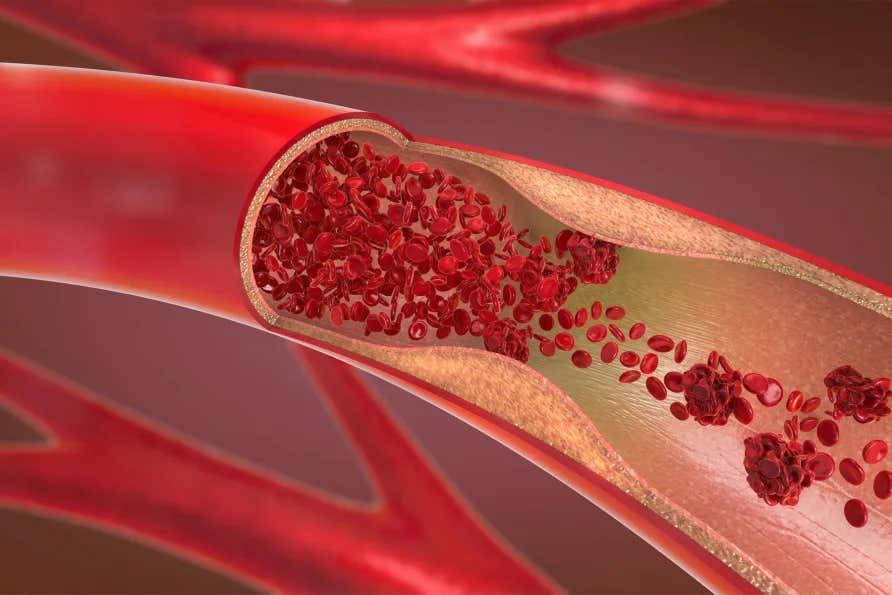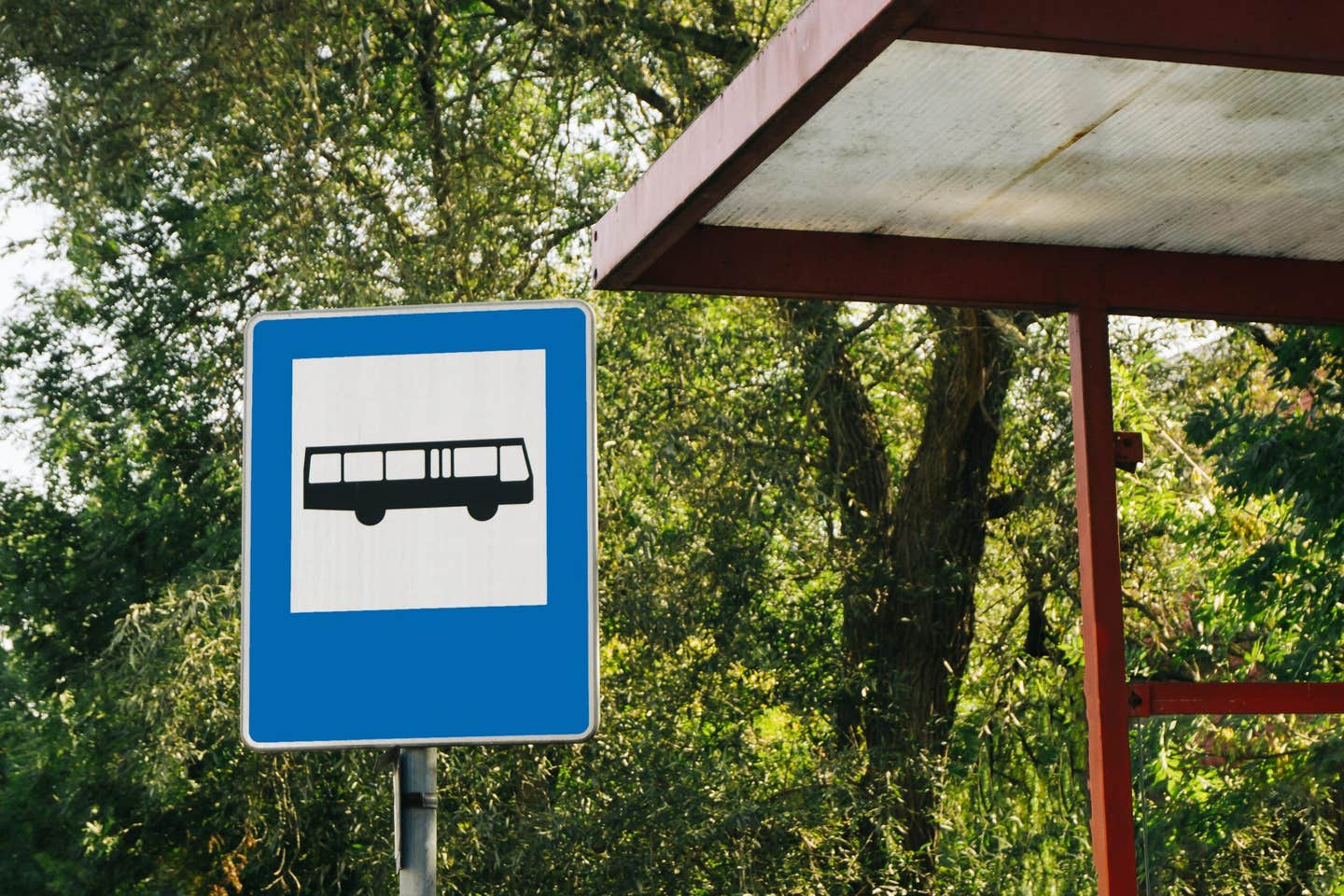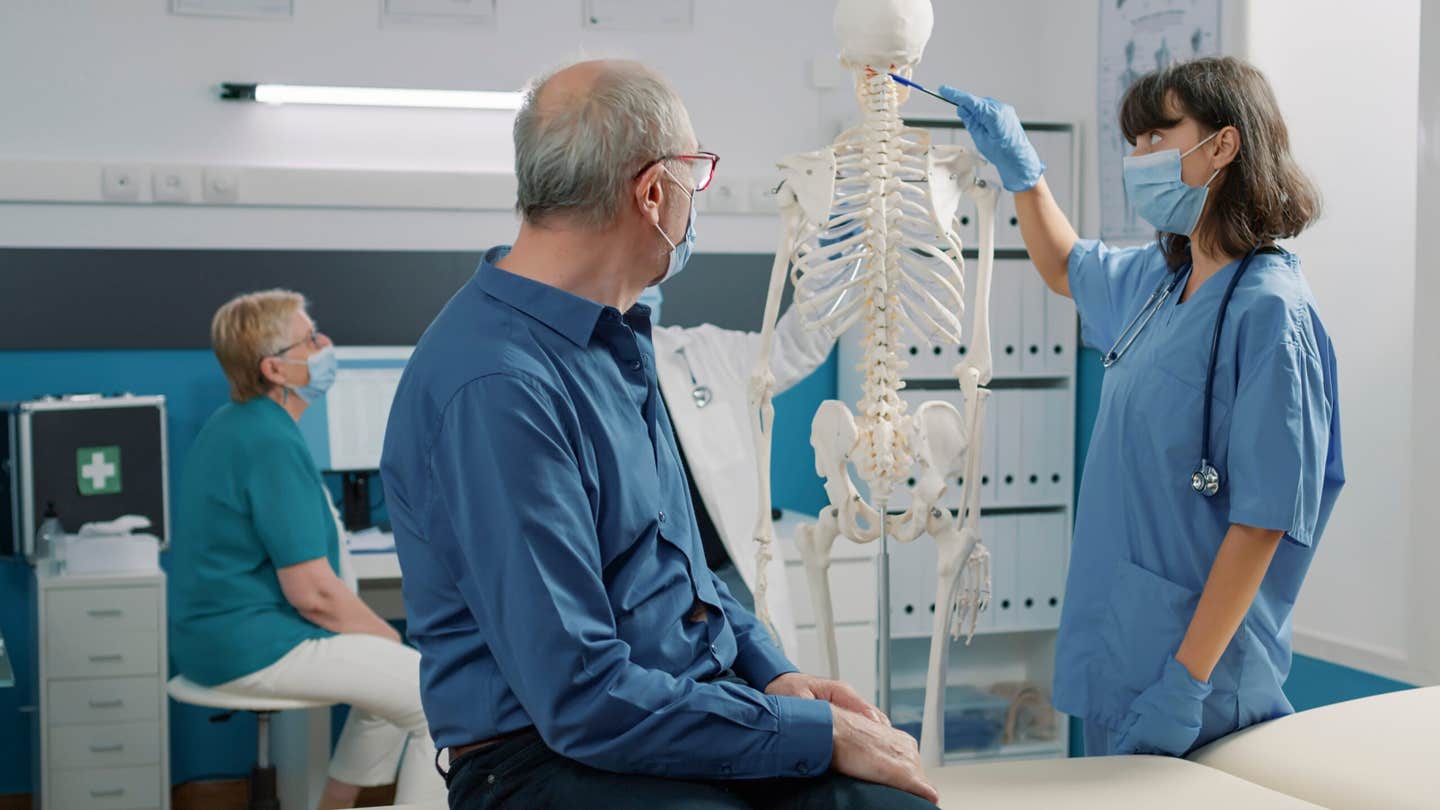Cardiovascular breakthrough: Scientists create blood vessels from natural tissue
Researchers developed method to engineer blood vessels from natural tissue, holding immense promise for the field of cardiovascular health.

[Sept. 1, 2023: Staff Writer, The Brighter Side of News]
Blood vessels are complex and multilayered tissues and engineering them in a lab has been challenging. (CREDIT: Getty Images)
In a groundbreaking achievement, researchers from the University of Melbourne have pioneered a rapid, cost-effective, and scalable method to engineer blood vessels from natural tissue, holding immense promise for the field of cardiovascular health.
Led by Associate Professor Daniel Heath, an ARC Future Fellow, and Professor Andrea O’Connor, a Redmond Barry Distinguished Professor and Shanahan Chair in Frontier Medical Solutions, both esteemed members of the Department of Biomedical Engineering, this research has unlocked the potential to revolutionize the treatment of life-threatening disorders such as heart attacks, strokes, and aneurysms, which are the leading causes of mortality worldwide.
The essence of their accomplishment lies in a novel approach to 'tissue engineering' blood vessels, a pursuit that scientists have diligently pursued for years. Blood vessels, indispensable conduits responsible for transporting oxygen-rich blood and vital nutrients while eliminating harmful waste, play a pivotal role in maintaining life's intricate balance.
Yet, when these conduits malfunction or become afflicted with disease, the consequences can be dire. Cardiovascular diseases, claiming countless lives annually, have solidified their standing as the primary global killer, underscoring the urgency for innovative solutions.
Related Stories
The prevailing methods in blood vessel tissue engineering have been plagued by challenges. Current techniques are characterized by sluggishness, demanding specialized and costly equipment like bioreactors, and hampered by limited throughput. The result is an insufficient supply of engineered vessels, rendering them inadequate for the pressing medical needs.
However, the University of Melbourne researchers embarked on a journey that fuses various materials and fabrication technologies, culminating in a method that mirrors the intricate geometry of native blood vessels. This leap is embodied in a study published on July 13th in the esteemed journal ACS Applied Materials and Interfaces.
The collaborative effort involved Dr. Tao Huang and the dedicated PhD candidates Mathew Mail and Hazem Alkazemi from the University of Melbourne, alongside Associate Professor Zerina Tomkins of Monash University. Their synergy not only deepened the scientific insights but also broadened the scope of potential applications for this revolutionary methodology.
Heart and blood vessels. (CREDIT: Lisa Ann Yount)
Associate Professor Heath emphasized the global pursuit of perfecting blood vessel tissue engineering, a pursuit that has transcended international boundaries for years. The existing methodologies, beset by drawbacks, necessitate a transformative overhaul. He noted, "Current methods are slow, require specialized and expensive equipment like bioreactors, and are low throughput – meaning it’s difficult to provide the needed supply of engineered vessels."
This innovative approach, which harmonizes diverse materials and fabrication techniques, propels us toward a future where engineered blood vessels cease to be a distant dream and instead become a tangible solution for cardiovascular diseases, especially those affecting patients without access to suitable donor vessels.
Bypass surgery, an instrumental alternative for replacing extensively damaged blood vessels, has indeed been a lifesaver for countless individuals. However, its applicability is confined by limitations, particularly concerning smaller diameter blood channels like the coronary artery.
Blood vessel failures are a major reason why cardiovascular disease is the number one killer globally. (CREDIT: Getty Images)
The use of non-living synthetic grafts, while initially promising, can instigate blood clotting and obstruction, thus rendering them inappropriate under certain circumstances. This leaves patients with constrained options due to prior surgeries or coexisting health conditions, such as diabetes, grappling with formidable challenges.
To surmount these constraints, the researchers embarked on a quest to harness the power of 'tissue-engineered' blood vessels, constructed from human cells and tissues. This pioneering endeavor not only holds the potential to revolutionize cardiovascular therapy but also to establish an integrated blood supply for larger tissue constructs. The implications of this approach are profound, reaching far beyond the realms of traditional cardiovascular medicine.
The tissue engineered blood vessels have an inner endothelial layer and outer muscle layer supported by a polymer frame (PCL tube). (CREDIT: ACS Publications)
Professor O’Connor, with her profound expertise and visionary perspective, articulated the significance of this research, heralding it as a monumental stride in the realm of engineered human blood vessels. She expressed, "We are now able to rapidly and cheaply manufacture blood vessels using living tissue that has appropriate mechanical properties and mimics the cellular orientation of the innermost layer of blood vessels." While the engineered blood vessels might not be immediately ready for bypass surgery, their mere existence marks a pivotal advancement in the arena of tissue engineering.
The University of Melbourne researchers, under the joint leadership of Associate Professor Daniel Heath and Professor Andrea O’Connor, have transcended the boundaries of contemporary cardiovascular medicine. Through their innovative methodology, which melds diverse materials and fabrication technologies, they have unlocked the potential to construct intricate blood vessels that mirror the complexity of their natural counterparts.
Electrospun fibres (a) are aligned along the graft tube (e) through a simple water freezing technique (b, c and d). (CREDIT: ACS Publications)
This achievement holds immense promise, not only for cardiovascular disease treatment but also for broader applications in tissue engineering. While the journey towards realizing the full potential of these engineered vessels continues, their breakthrough serves as a cornerstone, propelling us into an era where life-threatening disorders might one day be treated with unprecedented efficiency and efficacy.
The path ahead is illuminated by their pioneering spirit, and the possibilities are as limitless as the human potential they seek to preserve.
Note: Materials provided above by The Brighter Side of News. Content may be edited for style and length.
Like these kind of feel good stories? Get the Brighter Side of News' newsletter.



